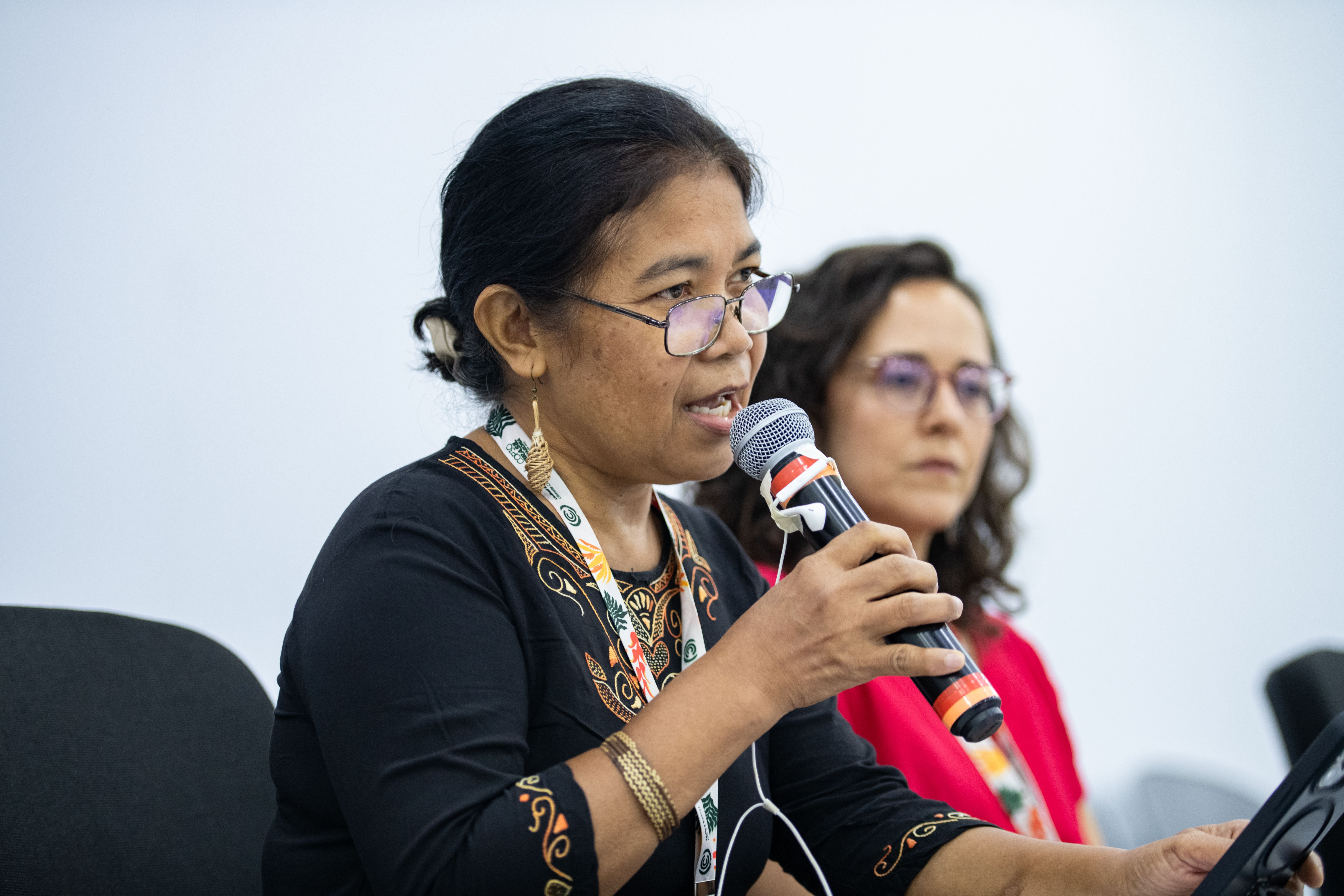
From pledges to locally-led climate action: gender-just Indigenous solutions for forests and climate action
Locally-led, gender-just approaches are the most effective path to halt deforestation and advance real climate action, yet Indigenous peoples and local communities, especially women, are often overlooked in decision-making that concerns their land and natural environment. At the Climate Change COP30 in Belem last month, framed as the Forest COP, the Green Livelihoods Alliance (GLA) and the Global Alliance for Green and Gender Action (GAGGA) organised a side event on the topic.
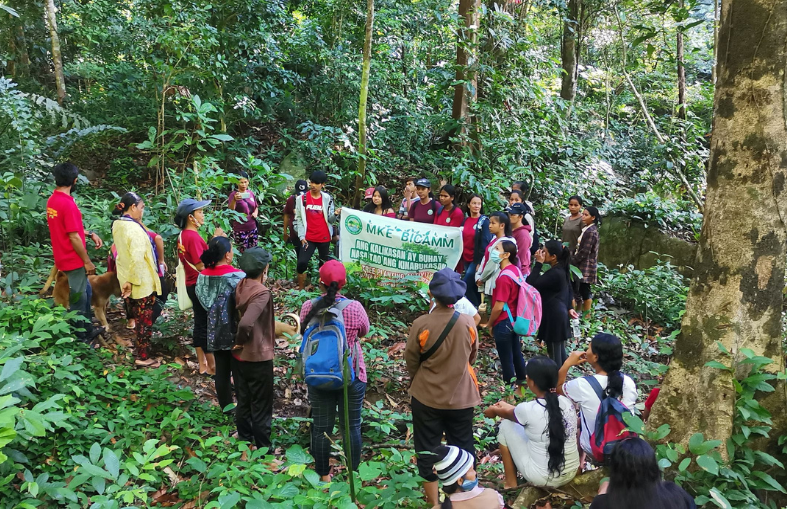
New GLA report on Locally-led sustainable development
Shifting the decision-making power in conservation efforts from distant actors to those with ancestral, cultural, relational, material and/or spiritual ties to the land is a promising and necessary way forward. Indigenous People and Local Communities (IP&LCs) know best how to care for and defend the land, often based on generations of knowledge accumulation. For the Green Livelihoods Alliance (GLA), this approach of locally-led sustainable development is more than a principle, it is seen as the basis for real and lasting change. A new report on locally-led sustainable development, co-produced by IUCN NL and Tropenbos International, gives insight into the perspectives and experiences of partners in the GLA.
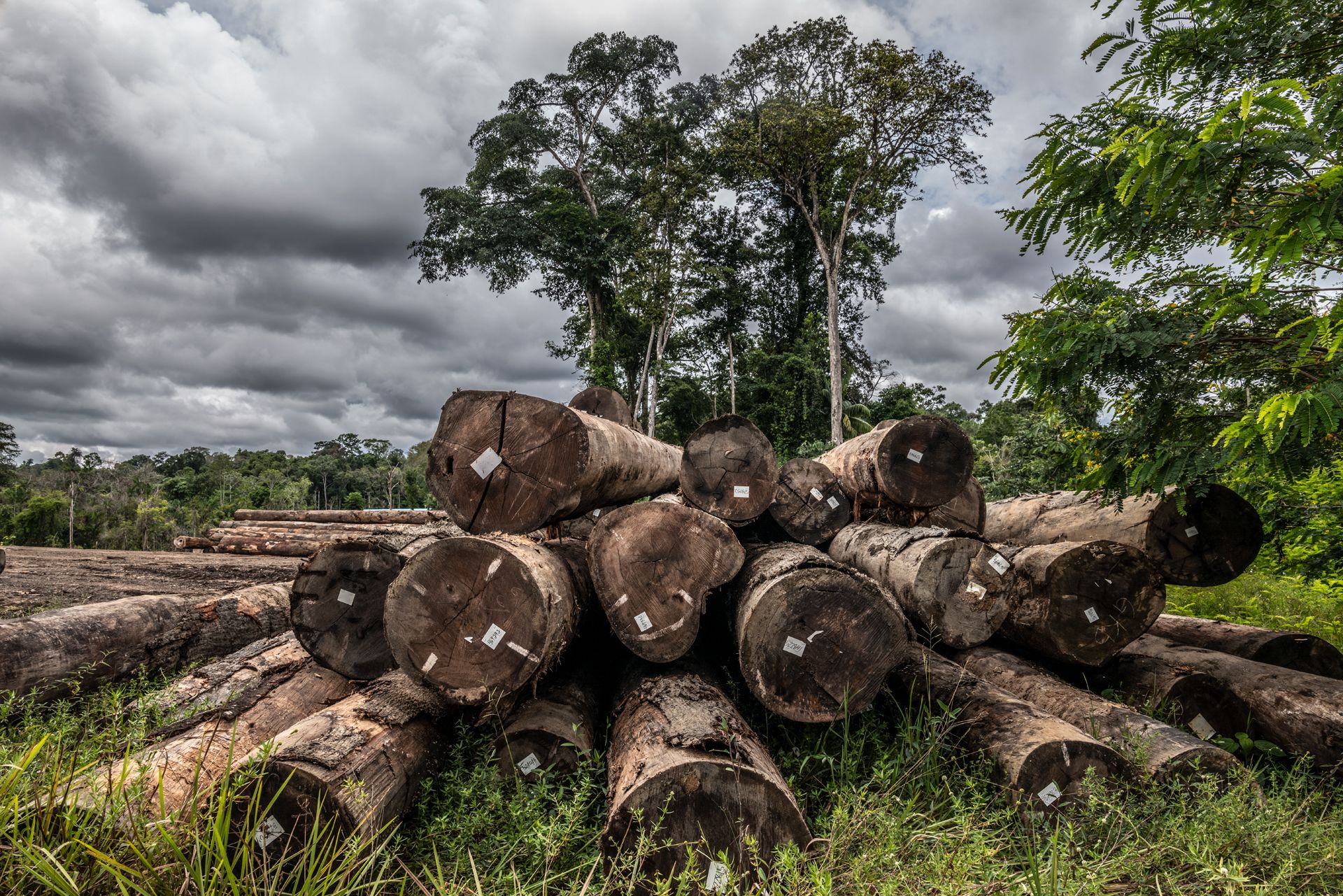
Simplifications of EUDR risk global progress on sustainable trade and forest protection
Adopted in June 2023, the EU Deforestation Regulation (EUDR) represents a landmark step toward reducing deforestation and forest degradation linked to the production of agricultural commodities. It established a robust framework requiring traders and operators to ensure full traceability, compliance with national laws in producing countries, and the elimination of deforestation from supply chains.
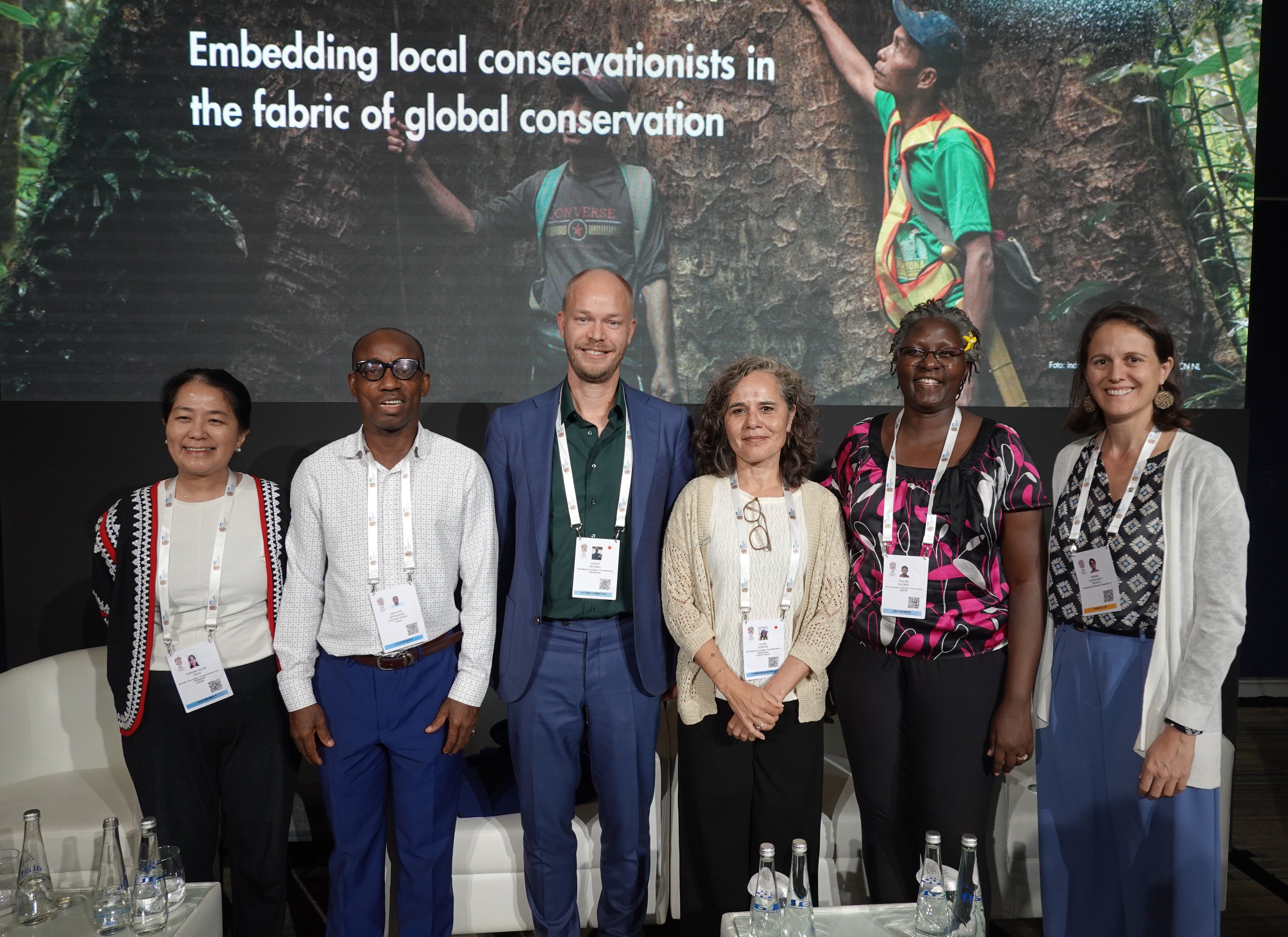
The 2025 World Conservation Congress: in retrospect
The 2025 IUCN World Conservation Congress saw over 10,000 people convening in Abu Dhabi, with nearly 150 motions adopted at the Member’s Assembly. Here are some highlights from this year’s Congress.

Promoting deforestation-free supply chains in Colombia: Lessons from a strategic cross-sectoral collaboration
Colombia faces significant deforestation, driven mainly by industrial agriculture, mining, and extractive industries, which threaten its rich biodiversity and local communities. A strategic collaboration between the Foundation for Conservation and Sustainable Development (FCDS) and the National Association of Entrepreneurs of Colombia (ANDI), supported by IUCN NL, therefore aims to promote zero-deforestation supply chains and help companies comply with emerging regulations like the European Union Deforestation Regulation (EUDR).
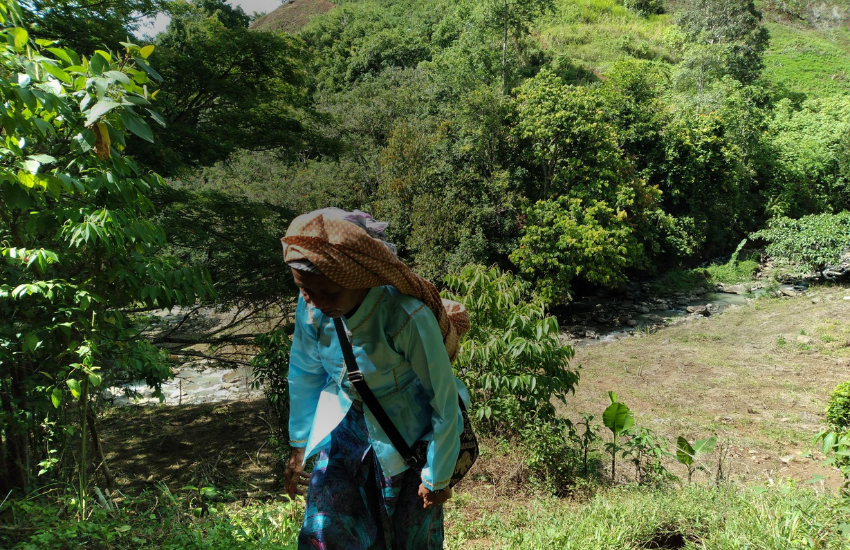
“Defending our forests is defending our lives”: Indigenous women at the frontlines in the Philippines
The forests of the Philippines are among the most biodiverse on Earth, yet they face enormous pressures from mining and deforestation. Indigenous women, often the first to bear the brunt of these threats, are also among the strongest defenders.
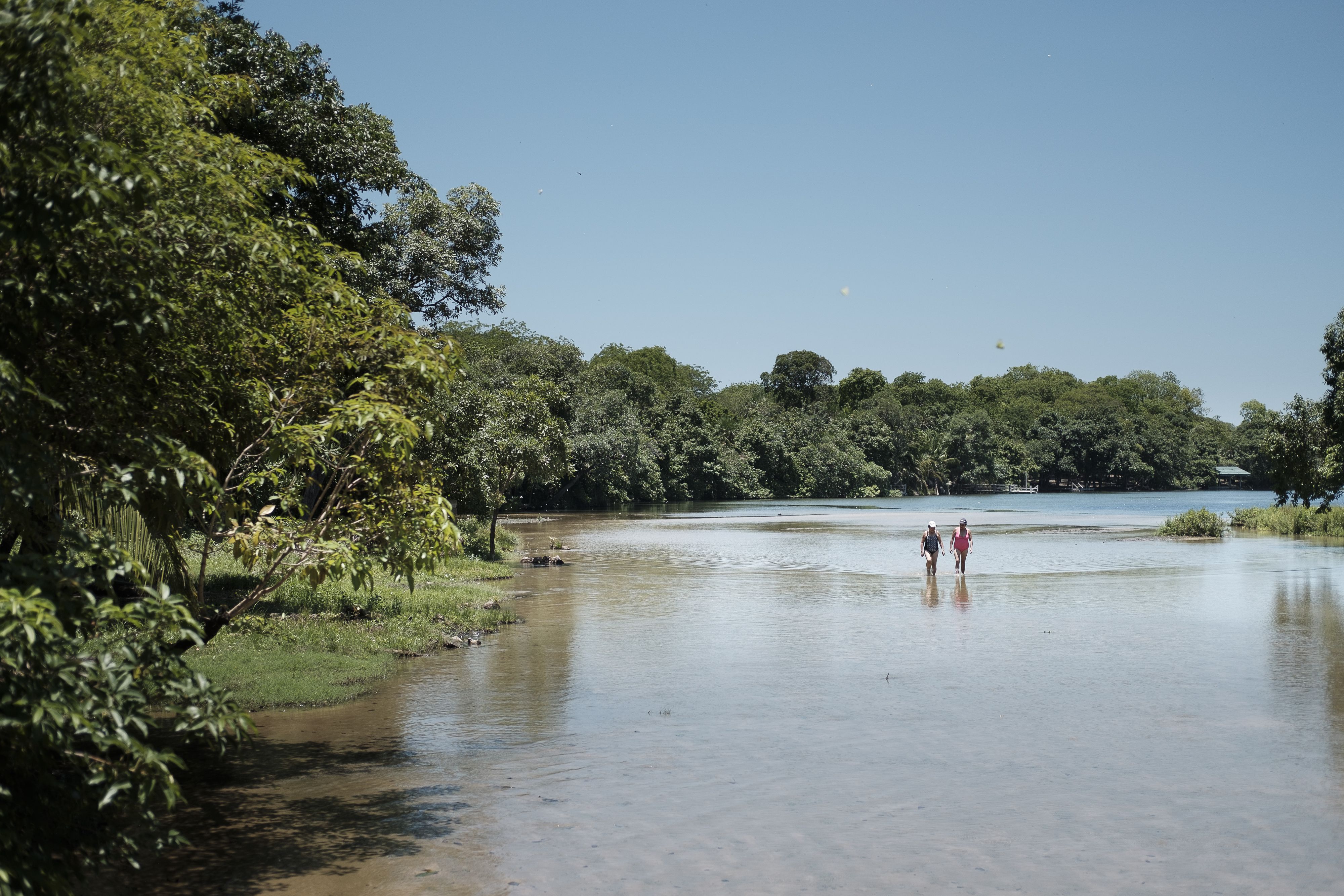
Bolivia’s human rights under review: civil society sounds alarm on mercury, forests and Indigenous rights
In June 2025, Bolivia’s human rights record came under international scrutiny during the Universal Periodic Review (UPR)[1]. Civil society organisations including IUCN NL’s partner CEDIB played a pivotal role in documenting the country’s environmental and human rights violations.
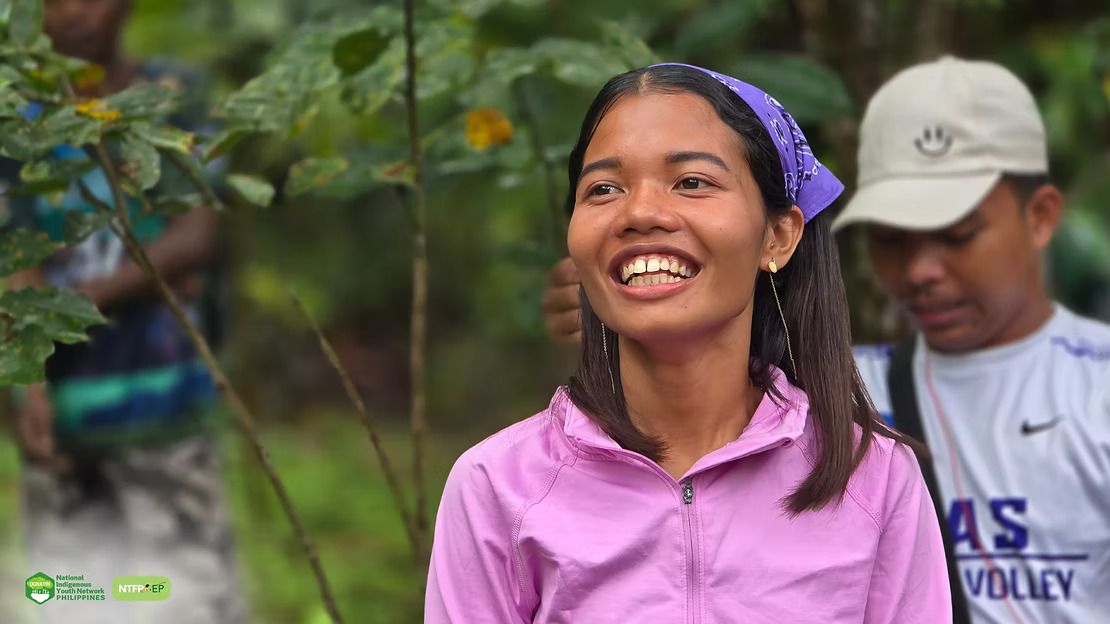
Monitte Lantas: Carrying Tagbanwa Roots into Youth Leadership in Southern Palawan
Monitte Lantas introduces herself plainly – “Ako si Monitte Lantas. Isang katutubong Tagbanwa mula sa Bayan ng Narra, Probinsya ng Palawan. (I am Monitte Lantas, an indigenous Tagbanwa from the town of Narra in the Province of Palawan.)” – but the path behind those words carries a steady, expansive story.
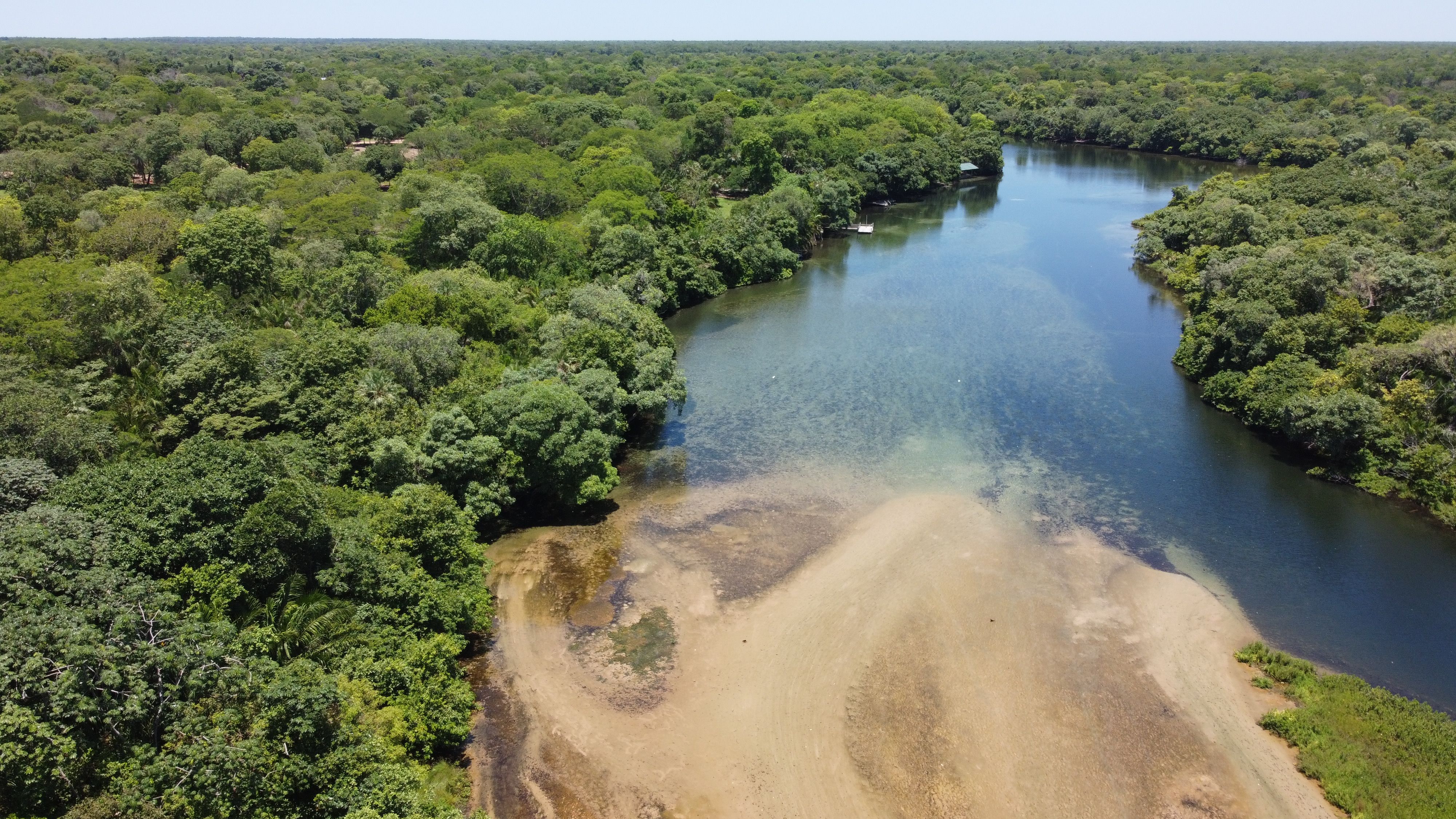
Water conflict in Chiquitania: the cost of commodity production
Deforestation, commodity production, and water scarcity are closely linked. In the dry forests of Chiquitania, Bolivia, for instance, cattle ranching is contributing to the water crisis, affecting local communities and threatening ecosystems.
